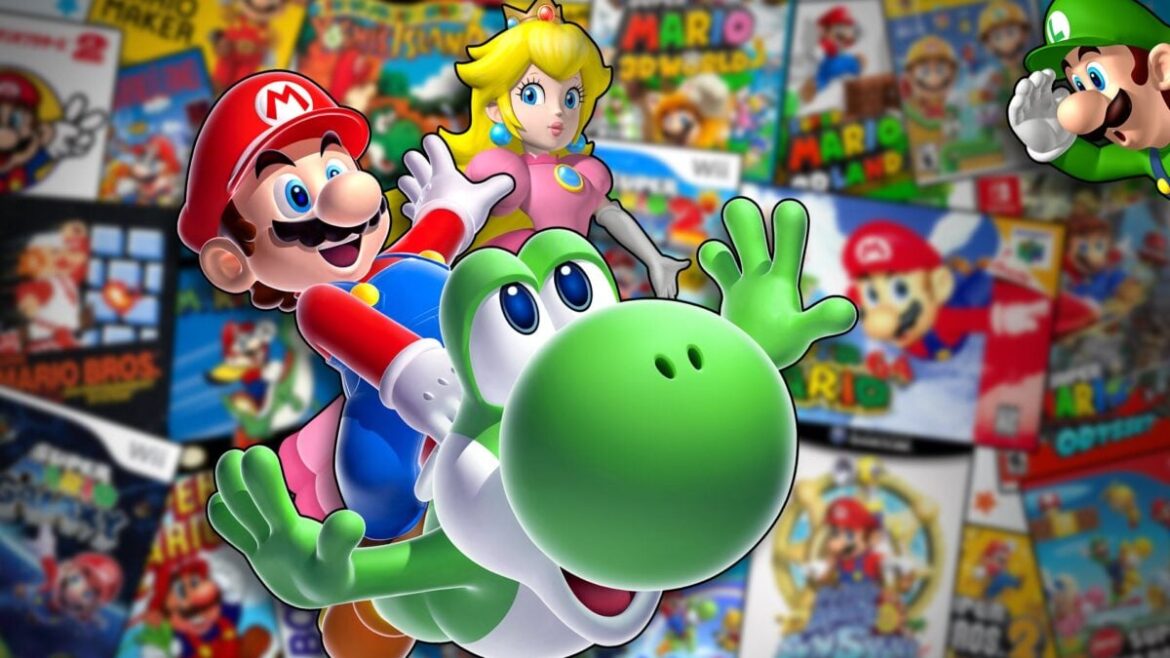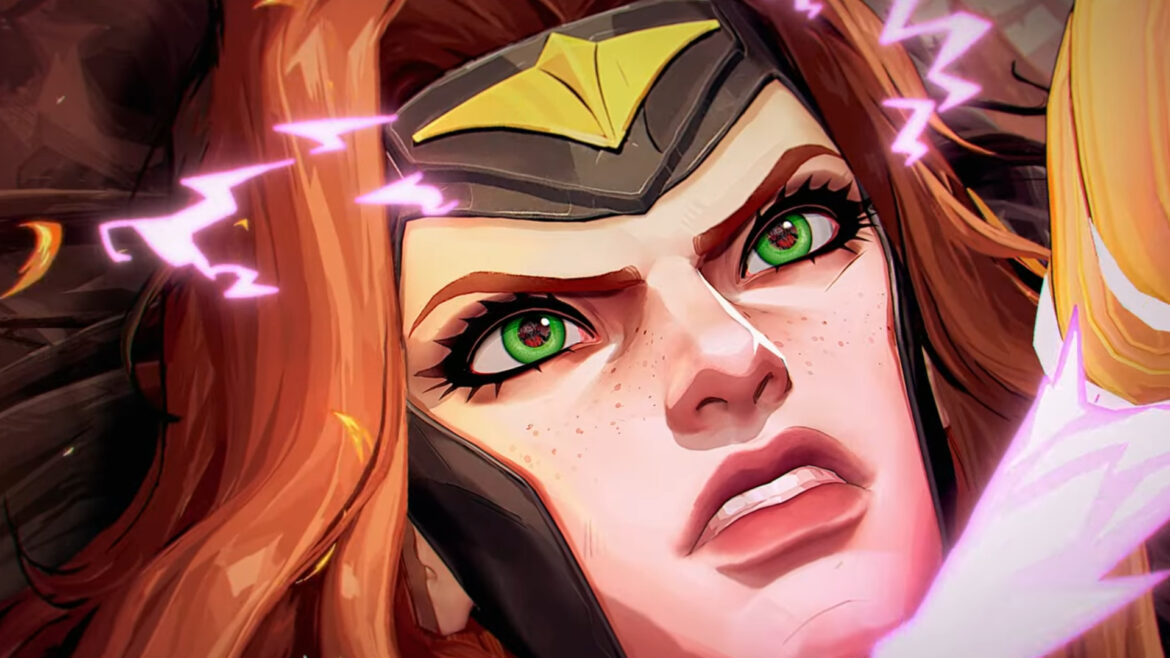For a long time, the word “Nintendo” was synonymous with video games, and Nintendo has always been shorthand for Mario. The Japanese console mainstay has published dozens of platformers starring the overall-loving plumber since his original debut in 1981’s Donkey Kong, and we’re here to tell you which ones are the worst and best.
This ranking was originally published on March 31, 2023. We are re-publishing it today in honor of the 40th anniversary of the Super Mario Bros. series.
After connecting with his brother Luigi in 1983’s single-screen arcade hit Mario Bros., Mario made the jump to consoles—and scrolling—in 1985’s NES adventure Super Mario Bros. Nearly 40 years and 25 games later, the Super Mario games comprise one of the longest running and most predictably spectacular series ever. From 2D to 3D, on good hardware and bad, Mario running, jumping, and collecting coins has been a constant not just for Nintendo, but in the fabric of the medium itself, driving it forward, inspiring it, reacting to what’s worked, and pushing back against what hasn’t.
Trying to rank the Super Mario games is like trying to rank flavors of ice cream. Some are clear favorites. Others are acquired tastes. Most are still better than whatever the alternative is. In putting together this list, which includes input from across Kotaku’s staff, as well as direct contributions from many of us, we tried to consider the games holistically: their historical context, their revolutionary or creative innovations, how well they hold up now, and the impressions they’ve left with us.
The ranking we arrived at is not beyond reproach and is far from scientific, but it is correct. Here we go!



